Homemade liquid fertilizer for containers
pondluvr
13 years ago
Related Stories

GARDENING GUIDESGet on a Composting Kick (Hello, Free Fertilizer!)
Quit shelling out for pricey substitutes that aren’t even as good. Here’s how to give your soil the best while lightening your trash load
Full Story
GARDENING GUIDESHow to Keep Your Citrus Trees Well Fed and Healthy
Ripe for some citrus fertilizer know-how? This mini guide will help your lemon, orange and grapefruit trees flourish
Full Story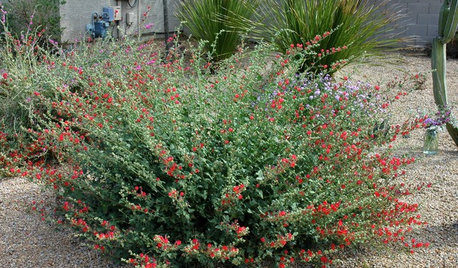
GARDENING GUIDESSouthwest Gardener's February Checklist
Orange you glad for a citrus-fertilizing reminder? And don't forget the recommended doses of vegetable seeds and cold-hardy flowers
Full Story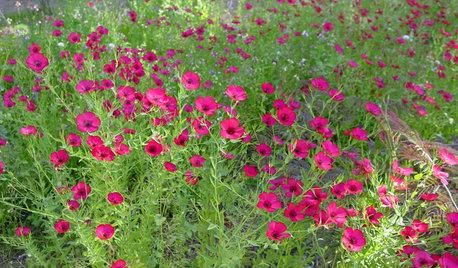
GARDENING GUIDESSouthwest Gardener's August Checklist
Manage monsoon effects, remember to fertilize and don't let the heat deter you from planting for fall
Full Story
FARM YOUR YARDHow to Grow Vegetables in Containers
Get glorious vegetables and fruits on your patio with a pro’s guidance — including his personal recipe for potting mix
Full Story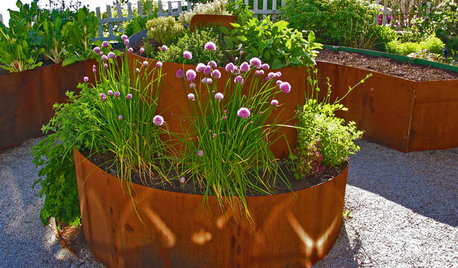
URBAN GARDENSContainers Make Growing Edibles a Cinch
If life hands you a lack of land, grow lemons — with a few basics, you can proudly reap the fruits, veggies and herbs of your labor
Full Story
CONTAINER GARDENS7 Deer-Resistant Flowers for Your Summer Containers
Grow these as protection for edibles or just for their colorful beauty — deer might not like them, but everyone else will
Full Story
HOUSEPLANTSHow to Grow Orchids Indoors
Orchids are the exotic aristocrats of the flower world and can make themselves comfortable in almost any home
Full Story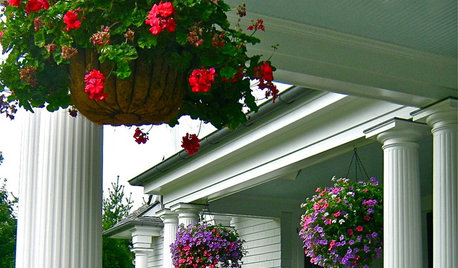
PORCHESGet the Hang of Hanging Flower Baskets
Learn all about container materials, soil and designing a hanging flower arrangement for a bountiful look on your porch or deck
Full Story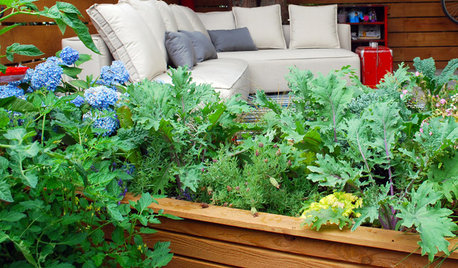
GARDENING GUIDESStep Right Outside for Fresh Herbs and Vegetables
Decks and patios can be convenient spots for edibles, and sometimes they even offer advantages over backyard gardens
Full Story



susan2010
tapla (mid-Michigan, USDA z5b-6a)
Related Discussions
Slow release fertilizers vs liquid fertilizer
Q
Homemade liquid fertilizer
Q
Liquid fertilizer for new seedlings - discussion
Q
-homemade -kelp and fish fertilizers--
Q
col_sprg_maters
pondluvrOriginal Author
tapla (mid-Michigan, USDA z5b-6a)
calistoga_al ca 15 usda 9
col_sprg_maters
drudadunat
pondluvrOriginal Author
col_sprg_maters
greenman28 NorCal 7b/8a
meyermike_1micha
rhizo_1 (North AL) zone 7
pondluvrOriginal Author
tapla (mid-Michigan, USDA z5b-6a)
meyermike_1micha
nullzero
ykerzner
pondluvrOriginal Author
jojosplants
calistoga_al ca 15 usda 9
Suzi AKA DesertDance So CA Zone 9b
jojosplants